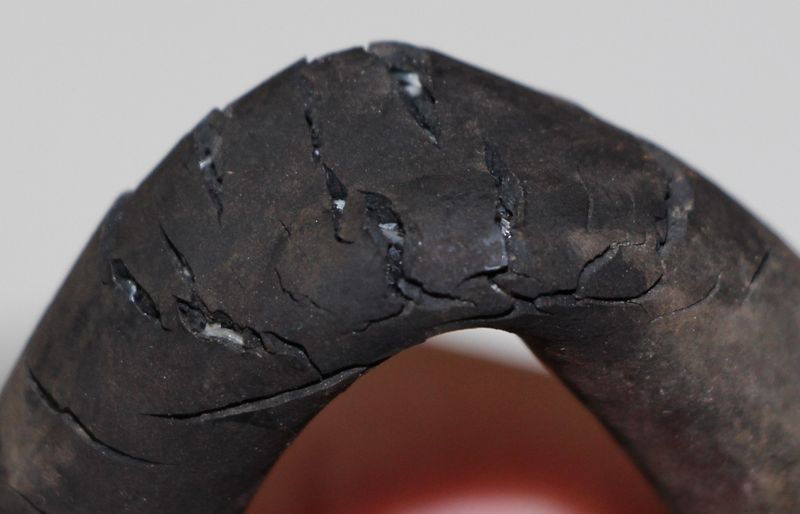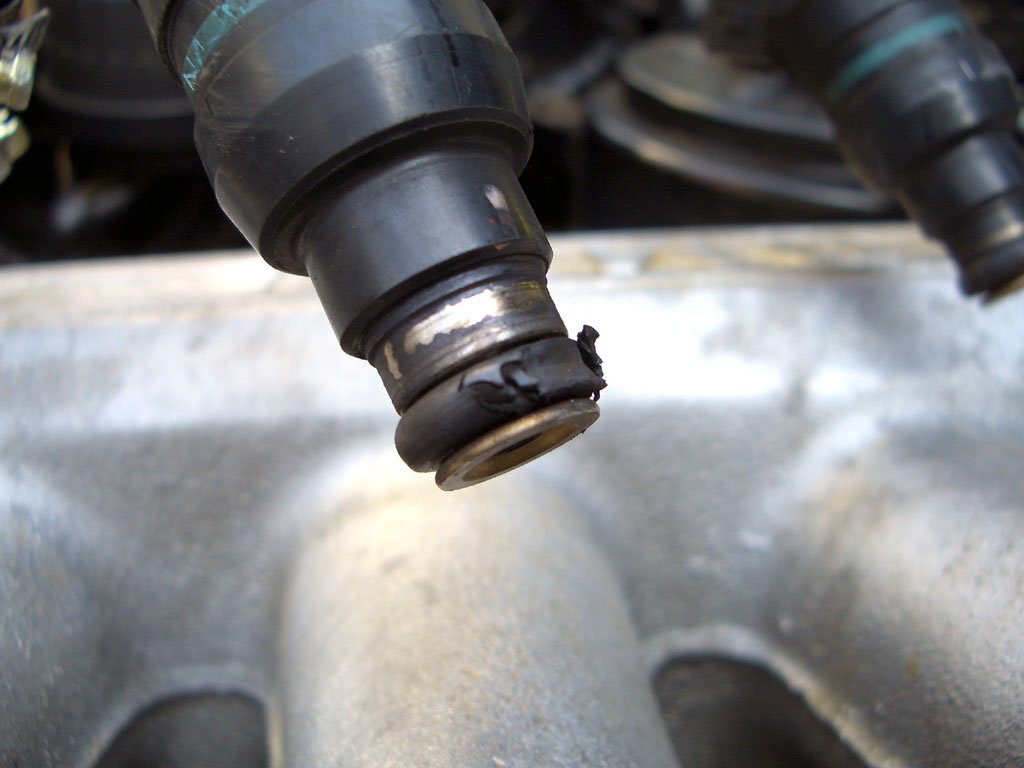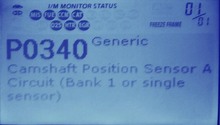Ford Mustang GT 2005-2014: Why is There Gas Smell Coming From My Car?
If you're not in a gas station, you shouldn't be smelling a gas smell originating from you Ford Mustang GT. Read on to diagnose it properly.
This article applies to the Ford Mustang GT (2005-2014).
Gas smell is a very concerning smell, especially when you're away from the gas pump. There are a few things that can go wrong in your Ford Mustang GT that can cause a gas smell. If you smell gas inside the car's cabin, be sure to step away from the car and diagnose it before you drive while breathing the fumes; gas fumes are deadly, especially inside of a closed cabin. In this guide, we will go over some components that have been known to wear or leak, which causes a gas smell in your car. Read on to learn how you can diagnose a gas smell in your car and stop breathing poisonous fumes.

Material Needed
- Flashlight
Step 1 – Check gas cap
It could be loose or missing.
As simple as it sounds, gas caps have been known to be forgotten. When drivers go to get gas, they stop by the pump, remove their gas caps, pump gas, then close the gas cap. However, some can forget to put the gas cap back on, especially if it's not tied to the vehicle. If your gas cap is not closed tightly or if it's missing, you will start smelling a gas smell. Check for it and if it's in place, turn it clockwise until it clicks; if it's not in place, purchase one at any auto store and install it.

If the gas cap is in place and you still smell gas, proceed to Step 2.
Step 2 – Check fuel lines
They could be worn or cracked.
There are a few components that could be leaking gas: the first popular one is your fuel lines. Some of the lines are made out of rubber, which can crack and wear over time, while others are made of steel, which could leak at the part where they connect to other parts. Slide under the rear of your car and use your flashlight to spot any leaks. Locate the fuel tank on the rear of the car and check around it. There should be a number of lines and hoses connected to it, so any signs of cracks, wears, or wetness could be the culprit. If you don't spot any wetness at the connections between the various lines and the fuel tank, start following the lines with your flashlight. Replacing fuel lines is simple, but it is a bit messy.

If your lines are solid, continue on to Step 3.
Step 3 – Check fuel tank
It could be leaking.
The fuel tank is where all your gas sits, so any small leak and the smell will be all over the place. The leak could be insignificant where it doesn't make a difference in your gas meter, but the smell is inevitable. To check the fuel tank, slide under the rear of the car and use your flashlight to spot any wetness on the gas tank. This should be easy to spot, and if you get close to it and the smell gets stronger, you probably have a leak. The tank should be sealed tight. If you spot a leak, you will need to either fix it if it's small enough, or replace the tank if it's too big to fix. Removing the tank isn't too hard. You will need a jack to lower it on, remove two brackets, and disconnect some lines that are connected to it.

If the tank isn't leaking, proceed to Step 4.
Step 4 – Check fuel injectors
They could be leaking.
The fuel injectors aren't known to leak; however, they have O-rings on their base that are designed to prevent leakage. These rubber O-rings can crack over time and cause a fuel leak. If the smell is coming from the front of the car, open the hood and look for any signs of wetness around your fuel injectors. You will also be able to tell if the gas smell is strong under the hood. If your injectors' O-rings are the culprit, you won't have to replace the injectors; instead, you can purchase the O-rings on their own and replace the old ones.

Related Discussions
- Bad Gas Smell - MustangForums.com
- Locating Gas Smell - MustangForums.com
- Car Smells Like Gas - MustangForums.com






